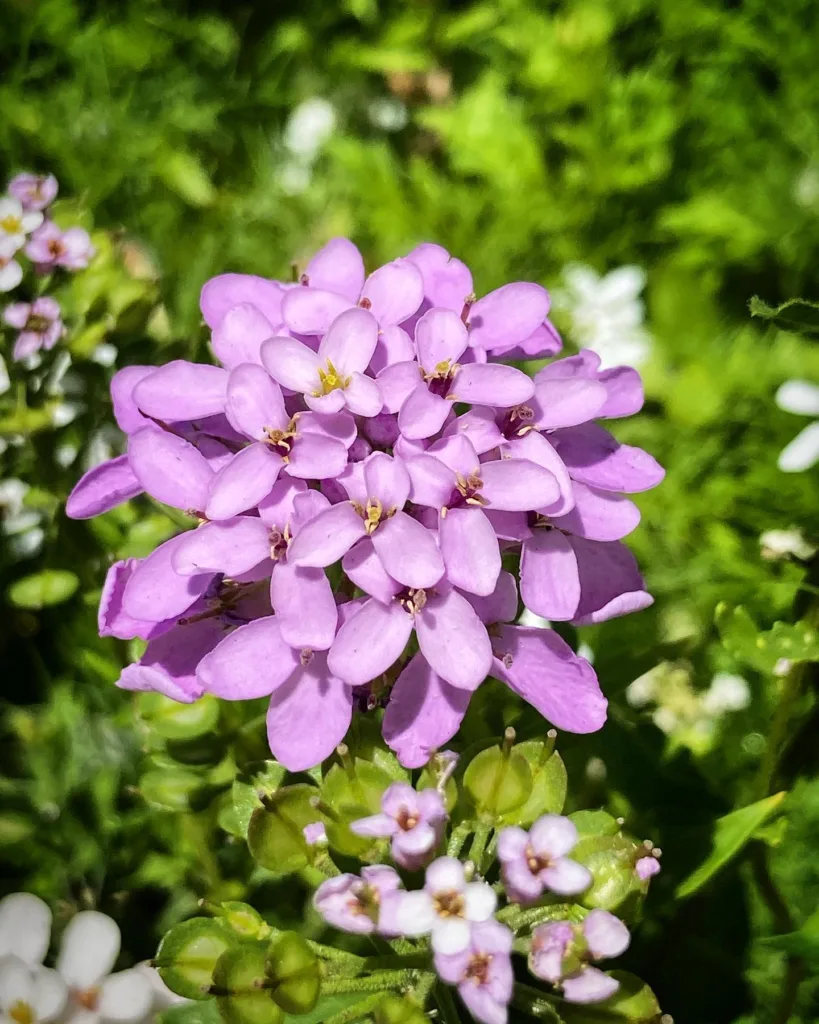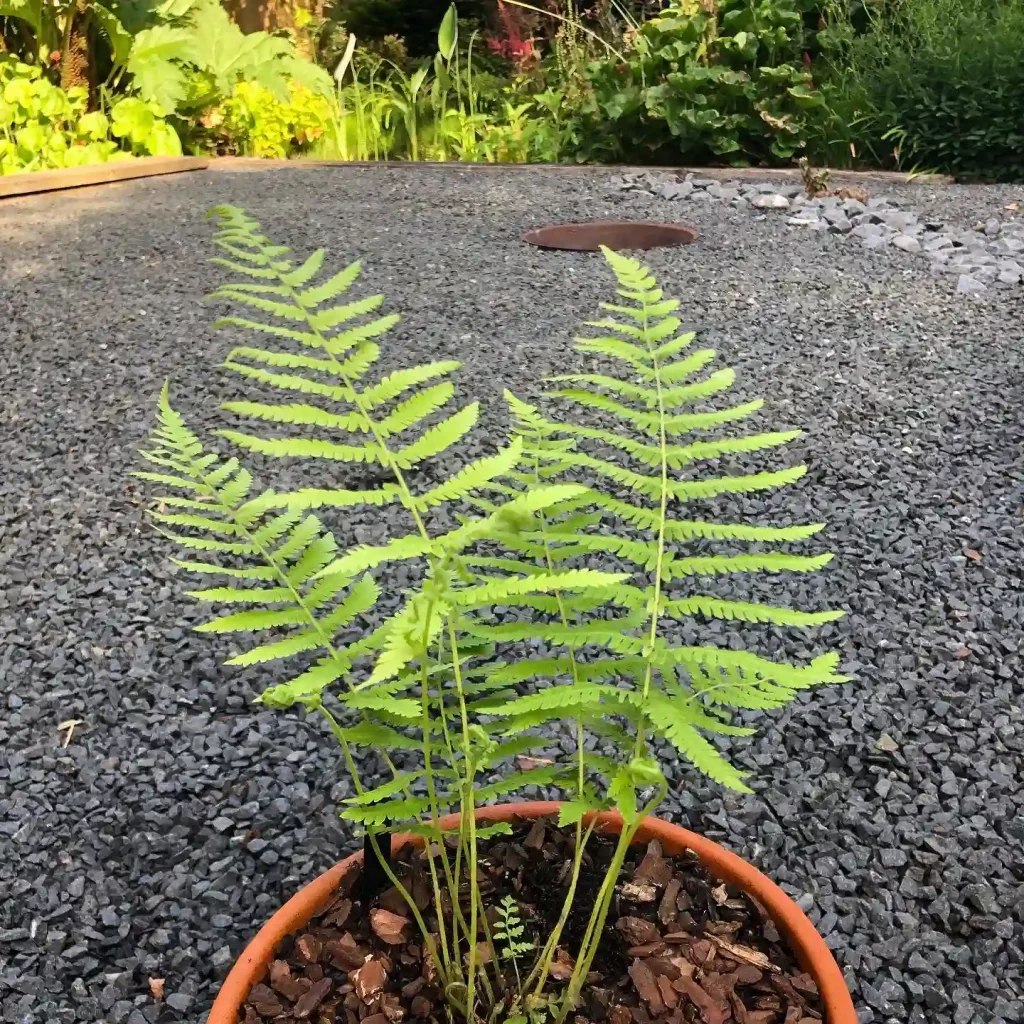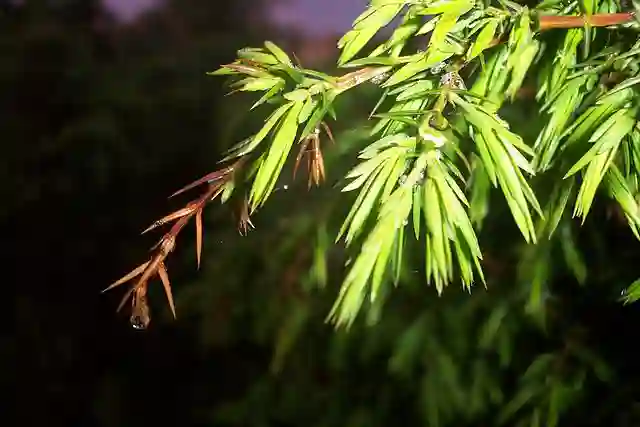What is Buxus Dee Runk?
Buxus Dee Runk is an elegant, upright variety of boxwood known for its columnar shape. This evergreen shrub belongs to the Buxus family, and it stands out for its narrow growth habit. If you’re looking for a plant that offers vertical interest without taking up too much space, Buxus Dee Runk is an excellent choice. Its dense foliage stays green year-round, providing consistent color and structure to the landscape.
101 Species in Genus Buxus
Unlike some boxwoods that tend to sprawl, Buxus Dee Runk maintains a tight, slim form that can grow up to 9 to 12 feet tall, with a spread of only about 2 to 3 feet. This makes it perfect for those looking to add height to their garden without losing ground space. I’ve found that this particular variety is especially useful for formal gardens or as a striking hedge.
How to Care for Buxus Dee Runk?
Caring for Buxus Dee Runk is relatively simple. This variety is hardy in USDA zones 5 through 8, making it a versatile plant in various climates. Here’s how I keep mine healthy:
- Sunlight: Buxus Dee Runk thrives in full sun to partial shade. In my experience, planting it in a spot where it gets at least 4-6 hours of sunlight per day ensures the best growth. Too much shade can make the plant leggy and less dense.
- Soil: This plant prefers well-drained, slightly acidic to neutral soil. When planting, I always make sure to add organic matter to enrich the soil. Good drainage is crucial, as waterlogged roots can lead to issues like root rot.
- Watering: Once established, Buxus Dee Runk is quite drought-tolerant. However, in the first couple of years, regular watering is important, especially during dry spells. I make sure to water deeply, ensuring the soil stays moist but not soggy.
- Fertilizing: I typically feed Buxus Dee Runk in early spring with a slow-release balanced fertilizer. This keeps the plant vigorous and promotes healthy new growth.
- Pruning: One of the best things about Buxus Dee Runk is that it requires minimal pruning. I trim mine once a year, usually in late spring, to maintain its shape. If you prefer a more formal appearance, more frequent pruning might be necessary, but in general, this plant retains its neat, upright form with little effort.
How to Propagate Buxus Dee Runk?
Propagating Buxus Dee Runk can be done through stem cuttings. Here’s my method:
- Timing: I usually take cuttings in late summer or early fall when the growth has hardened off but is not too woody.
- Cutting Selection: I select healthy, non-flowering stems that are about 4 to 6 inches long.
- Preparation: After cutting, I remove the lower leaves and dip the cut end in rooting hormone to encourage root development.
- Planting: I plant the cuttings in a well-draining potting mix, keeping them in a humid environment until they establish roots. This usually takes a few months, and I make sure to keep the soil consistently moist.
- Transplanting: Once the cuttings have rooted, I transplant them into larger pots or directly into the garden the following spring.
What to Plant with Buxus Dee Runk?
I love pairing Buxus Dee Runk with other plants that complement its formal look and evergreen foliage. Here are a few ideas that work well:
- Perennials: I often plant shade-loving perennials like hostas or ferns around Buxus Dee Runk. Their broad leaves contrast beautifully with the small, dense leaves of the boxwood.
- Annuals: For a burst of seasonal color, I add annuals like impatiens or begonias at the base. The bright flowers stand out against the deep green backdrop of the Buxus Dee Runk.
- Other Shrubs: Hydrangeas, particularly the white varieties, pair wonderfully with this plant. The combination of white blooms and green foliage creates a classic and timeless look in the garden.
How to Use Buxus Dee Runk in Landscaping?
Buxus Dee Runk is incredibly versatile in the landscape. Here’s how I like to use it:
- Hedges and Borders: Due to its narrow, upright growth, Buxus Dee Runk makes an excellent hedge. Whether used for lining a walkway, creating a garden border, or even as a privacy screen, this plant adds structure and definition.
- Topiary: If you’re into formal gardening, this boxwood variety is ideal for topiary work. Its dense foliage and slow growth make it perfect for shaping into spirals, cones, or other decorative forms.
- Containers: Another great use for Buxus Dee Runk is in containers. I’ve planted it in large pots on either side of an entrance, which adds a stately and elegant look to the space.
Is Buxus Dee Runk Toxic?
Yes, Buxus Dee Runk, like other boxwood varieties, is toxic if ingested. All parts of the plant contain alkaloids that can be harmful to humans and animals. While it’s unlikely that most pets or children would chew on the leaves, I always keep that in mind when placing the plant in accessible areas. Symptoms of ingestion may include nausea, vomiting, and in severe cases, respiratory issues. If you have pets or small children, consider positioning the plant out of reach.
Common Pests and Diseases
Buxus Dee Runk is generally a resilient plant, but it can be susceptible to a few issues:
- Boxwood Blight: This is a fungal disease that causes leaf spots, stem lesions, and defoliation. To avoid it, I make sure to space my plants properly for good air circulation and avoid overhead watering.
- Pests: Common pests include boxwood leafminers and spider mites. I inspect my plants regularly and use insecticidal soap if I notice any signs of infestation.
In conclusion, Buxus Dee Runk is a fantastic addition to any garden, offering year-round interest with minimal maintenance. Whether used as a hedge, a topiary, or a focal point, this versatile plant will provide structure and elegance to your outdoor space.
If i die, water my plants!



